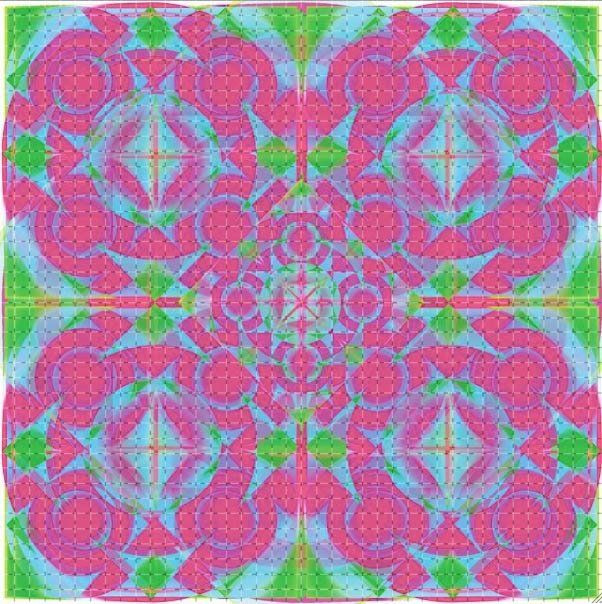Suicidal Thoughts, Psychological Distress Reduced In People Who Use LSD And Other Psychedelics

The war on drugs is basically over, and with that has come a renewed interest in the possibility that drugs currently classified as controlled substances have therapeutic potential. Medical marijuana was only the beginning; though it’s still a schedule I substance under the Controlled Substances Act, its acceptance across the country has grown over the past few years as its medicinal uses have been uncovered. Recent research has also looked into the promising therapeutic potential of psychedelics, and a new study now finds they might reduce suicidal thoughts and psychological distress.
“Despite advances in mental health treatments, suicide rates generally have not declined in the past 60 years,” said study author Dr. Peter S. Hendricks, assistant professor in the Department of Health Behavior at the University of Alabama, Birmingham, in a press release. “This study sets the stage for future research to test the efficacy of classic psychedelics in addressing suicidality as well as pathologies associated with increased suicide risk.”
Hendricks and his team looked at responses from over 190,000 participants in the National Survey on Drug Use and Health. They found people who used psychedelics like lysergic acid diethylamide (LSD, aka acid), psilocybin mushrooms, and mescaline (found in the peyote cactus) at least once in their lives were 19 percent less likely to report past month psychological distress, 14 percent less likely to report suicidal thoughts in the past year, 29 percent less likely to plan a suicide in the past year, and 36 percent less likely to attempt suicide in the past year, PsyPost reported.
Although the study wasn’t able to determine why these effects occurred, other research has come up with similar results. “No one study is going to answer every question,” Hendricks told AL.com. “But we need to be able to go where the studies lead us. Right now that suggests that these substances can be protective for mental health.”
LSD and the other psychedelics ramp up brain activity by targeting serotonin receptors, the brain’s key chemical messengers. This results in a heightened sense of awareness and sensory perception, as well as uncontrolled memory retrieval, hallucinations, altered time perception, and other powerful psycho-physical reactions. In the midst of all that, it also allows a person to see within themselves — their thoughts and behaviors — and to perceive what they see in a different light.
Studies have shown that psychedelics have the power to help people with mental health issues cope. In a study from last year, Swiss psychiatrist Dr. Peter Gasser found terminally ill patients who took LSD in a controlled psychiatric setting were able to take control of their emotions and anxiety — specifically a 20 percent reduction in anxiety levels. Twelve months later (all the patients were still alive), a follow-up showed they had maintained the lower anxiety levels.
“The mechanisms we are talking about are mystical experiences that can be transformative,” Hendricks said. “It can be an epiphany, like Ebenzer Scrooge. Your personality, your values, and your mood can change in a very short amount of time.”
The study is only one of many that have begun to emerge, as psychedelics return to the psychiatric space — research into their therapeutic potential ended when the war on drugs started. But as more studies show they are effective in a controlled setting, we could see the government begin to fund research and the Drug Enforcement Administration loosen research protocols. The final result may be, as it has been with marijuana, a growing acceptance of psychedelic drugs for medical use.
Source: Hendricks P, Thorne C, Clark CB, Coombs D, Johnson M. Classic psychedelic use is associated with reduced psychological distress and suicidality in the United States adult population. Journal of Psychopharmacology. 2015.



























